Campo de Cahuenga and the Treaty of Cahuenga
Introduction
Text-to-speech Audio
Images
John C. Fremont
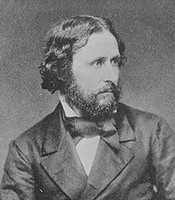
Andres Pico
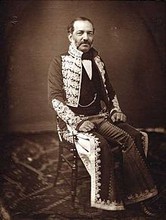
Reenactment of treaty signing
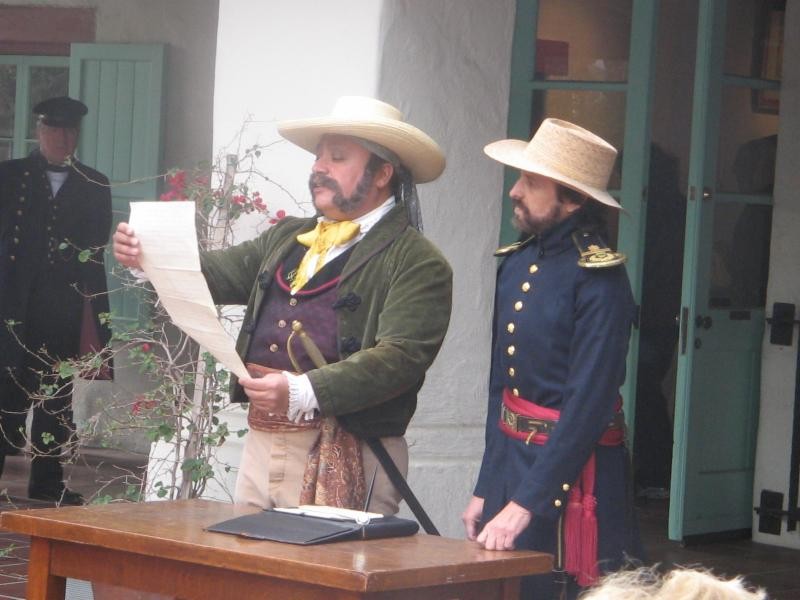
Foundation of original campo adobe
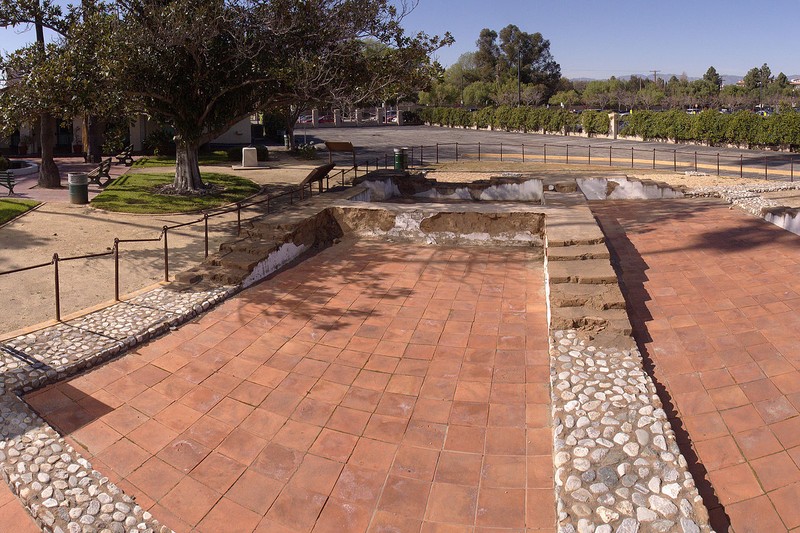
Mural of treaty of signing
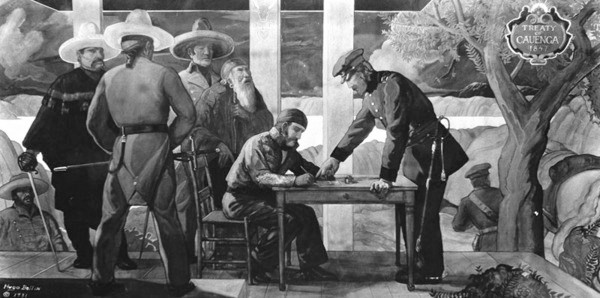
Campo de Cahuenga in 1928 after being rebuilt near original adobe location. This reconstructed site sits as a recreation of the adobe and museum to the treaty signing and history of the area.
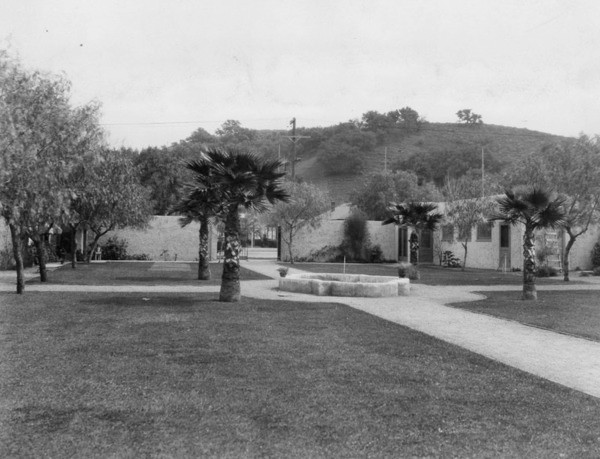
Early 1900s colored postcard showing the original adobe
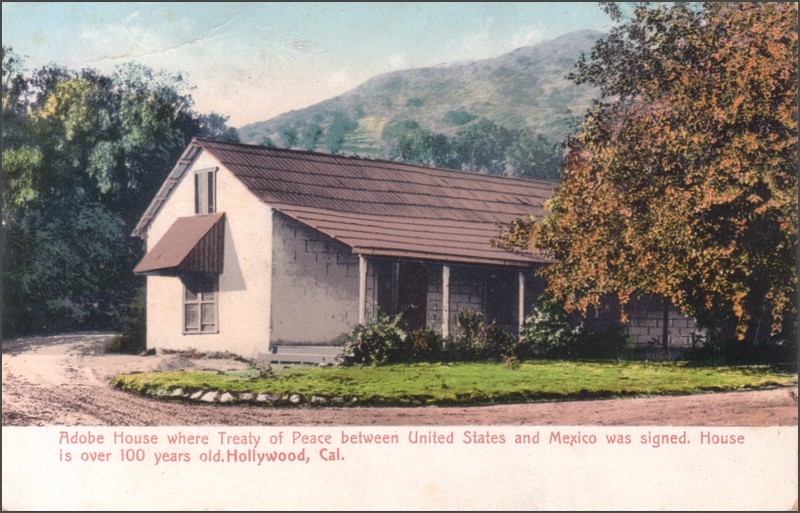
Campo de Cahuenga today
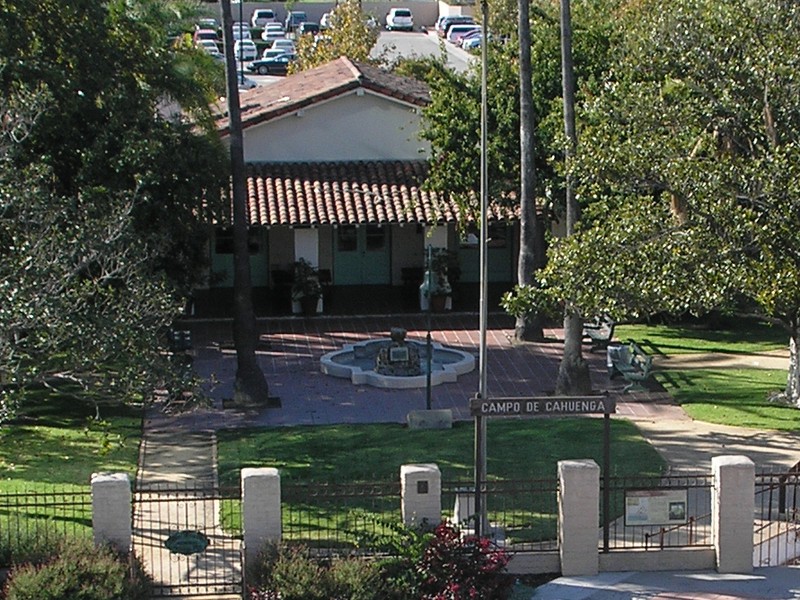
Another mural depicting the treaty signing
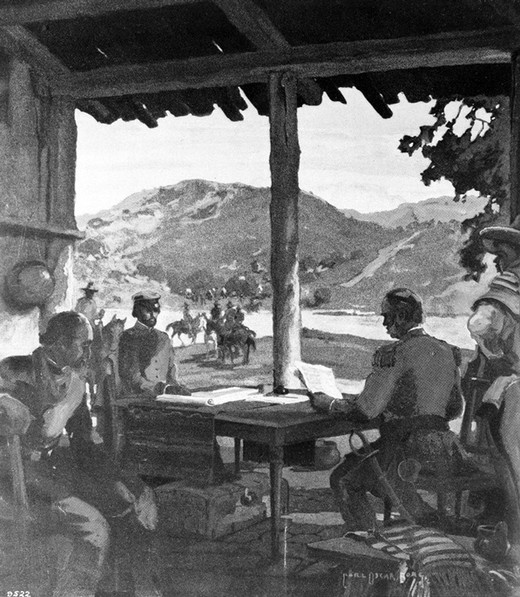
Backstory and Context
Text-to-speech Audio
The Campo de Cahuenga, near the historic Cahuenga Pass, in present day Studio City in Los Angeles, was an adobe ranch house on the Rancho Cahuenga where the Treaty of Cahuenga was signed between Lieutenant Colonel John C. Fremont and General Andres Pico in 1847, ending hostilities in California between Mexico and the United States. The subsequent Treaty of Guadeloupe Hidalgo of 1848, ceding California, parts of Colorado, Nevada, New Mexico, and Arizona (but not Texas since it had seceded from Mexico in 1836, declared itself a republic, and joined the union in 1845) to the United States, formally ended the Mexican War. From 1858 to 1861 the Campo de Cahuenga became a Butterfield Stage Station.
The foundations of the original adobe were unearthed beneath Lankershim Boulevard during construction of the Metro Red Line subway. The parts of the foundations within the park are preserved as an exhibit, and the "footprint" of the foundations under the street and sidewalk is marked by decorative pavement.
Campo de Cahuenga is often confused with the nearby Rancho Cahuenga, an inholding within the Rancho Providencia land grant, now part of Burbank.
The building is used by various organizations for special programs and regular meetings, and it is open with a docent on the first Saturday of each month, from 12:00 PM to 4:00 PM.
Treaty of Cahuenga
On December 27, 1846, Fremont and the California Battalion, in their march south to Los Angeles, reached a deserted Santa Barbara and raised the American flag. He occupied a hotel close to the adobe of Bernarda Ruiz de Rodriguez, a wealthy educated woman of influence and Santa Barbara town matriarch, who had four sons on the Mexican side. She asked for and was granted ten minutes of Fremont's time, which stretched to two hours; she advised him that a generous peace would be to his political advantage—one that included Pico's pardon, release of prisoners, equal rights for all Californians and respect of property rights.
Fremont later wrote, "I found that her object was to use her influence to put an end to the war, and to do so upon such just and friendly terms of compromise as would make the peace acceptable and enduring. ... She wished me to take into my mind this plan of settlement, to which she would influence her people; meantime, she urged me to hold my hand, so far as possible. ... I assured her I would bear her wishes in mind when the occasion came." The next day, Bernarda accompanied Fremont as he continued the march south.
On January 8, 1847, Fremont arrived at San Fernando. On January 10, the combined army of Commodore Robert Stockton and Brigadier General Stephen Kearny re-took Los Angeles with no resistance. Fremont learned of the reoccupation the next day. On January 12, Bernarda went alone to the camp of General Andres Pico and told him of the peace agreement she and Fremont had forged. Fremont and two of Pico's officers agreed to the terms for a surrender, and Articles of Capitulation were penned by Jose Antonio Carrillo in both English and Spanish. The first seven articles in the treaty were nearly the verbatim suggestions offered by Bernarda Ruiz de Rodriguez.
On January 13, at a rancho at the north end of Cahuenga Pass, with Bernarda Ruiz de Rodriguez present, John Fremont, Andres Pico and six others signed the Articles of Capitulation, which became known as the Treaty of Cahuenga. This unofficial truce, which did not have the backing of the American government and had nothing to do with the Mexican government, was honored by both the Americans and Californios. Fighting ceased, thus ending the war in California.
On January 14, the California Battalion entered Los Angeles in a rainstorm, and Fremont delivered the treaty to Commodore Robert Stockton. Kearny and Stockton decided to accept the liberal terms offered by Frémont to terminate hostilities, despite Andres Pico having broken his earlier pledge that he would not fight U.S. forces. The next day Stockton approved the Treaty of Cahuenga in a message that he sent to the Secretary of the Navy.
In celebration, on or around the date of the original signing, a historical ceremony is conducted at Campo de Cahuenga State Historic Park and site. From time to time, some of the descendants have appeared, along with actors to re-create this historical moment.
